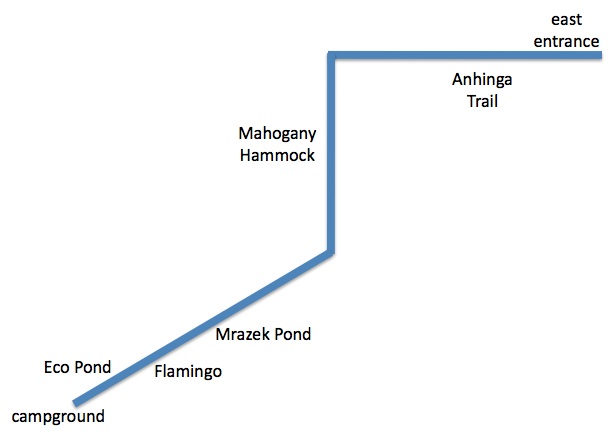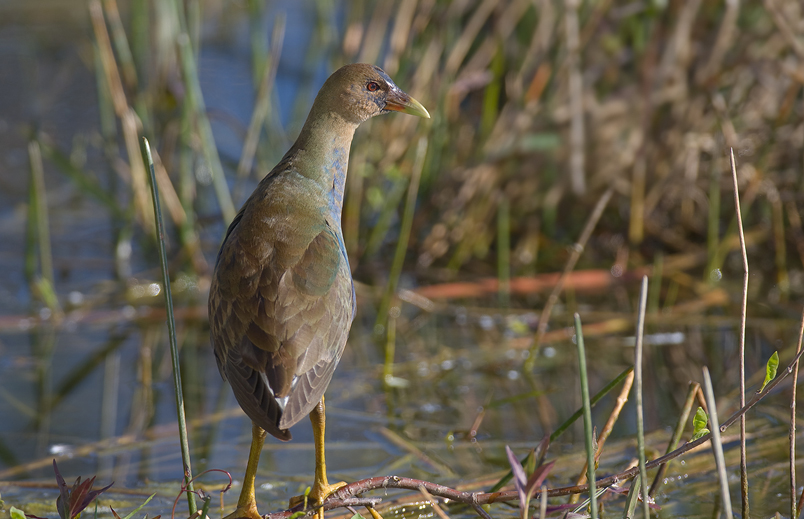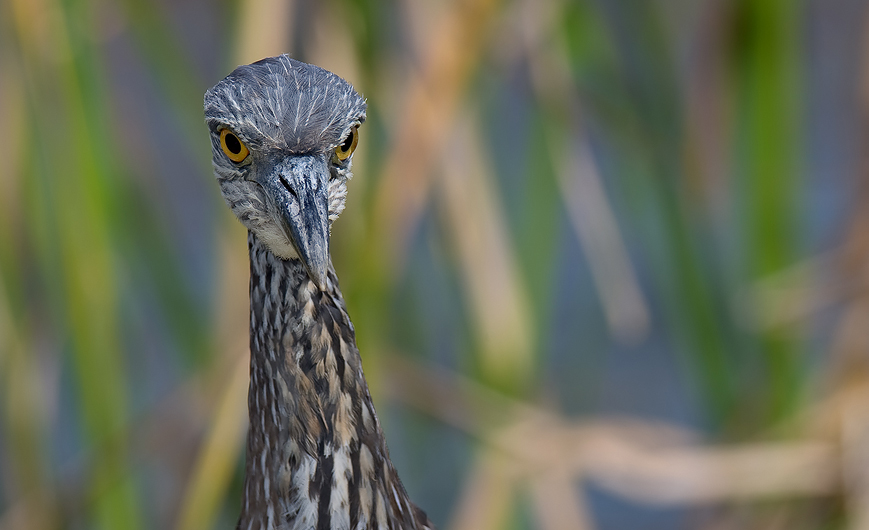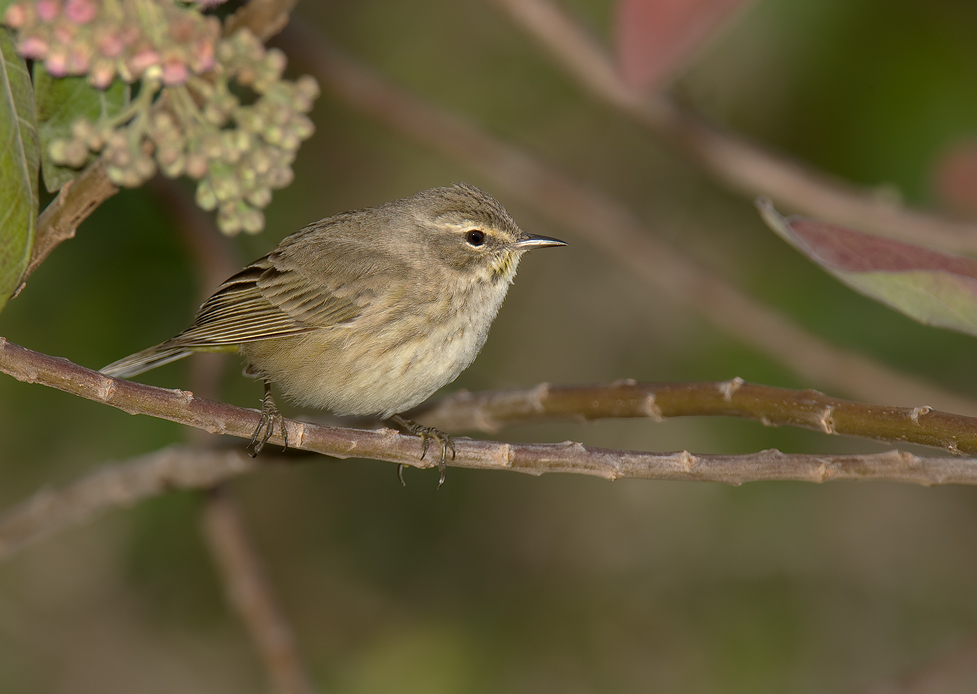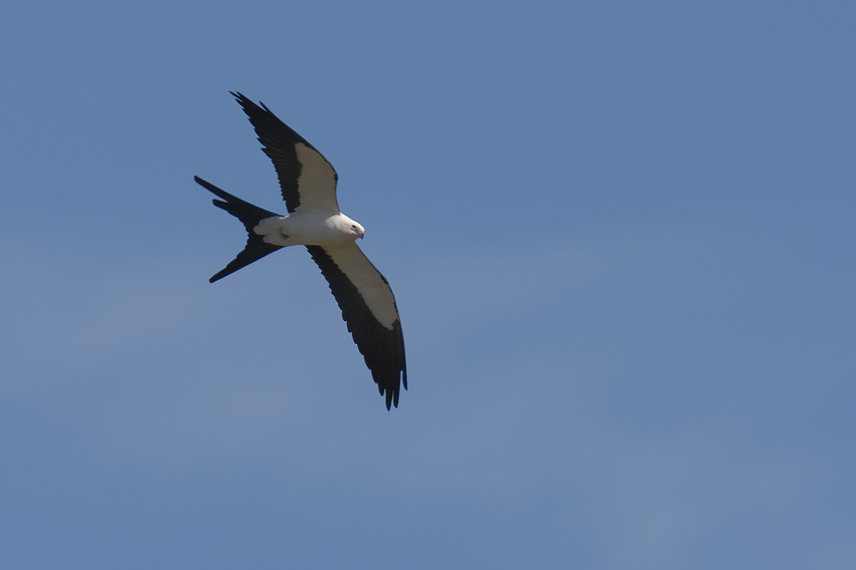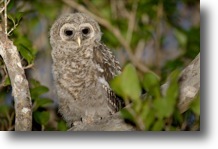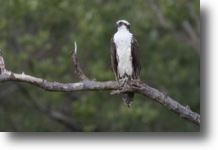I decided to spend
today at Everglades National Park,
at the southern tip of the
state. Last year my experiences here
were mixed. I had the most luck last year at Eco Pond, which is
located deep within the Everglades. The Everglades are enormous,
and it can take quite a while to drive through them. From Miami
you’ll want to drive to the town of Homestead and then follow the signs
to Everglades NP. This will take you to the East entrance.
From this entrance you’ll have access to many sites within the park,
including the famous Anhinga Trail.
The map below shows the sites
I visited this year:
The first site after entering at the East gate is the Anhinga Trail,
which is a world-famous destination for birders and bird
photographers. Last year I got a few good shots here, though I
found the site to be a bit too “sticky”
for my tastes (meaning that the
scenery featured lots of distracting branches and leaves, making it
difficult to get striking shots in which the bird stands out starkly
from its background). This year I faced several additional issues.
First, when I drove in to the parking lot I noticed
signs that read:
Warning:
Vultures May Damage Your Vehicle.
The
local vulture flock has apparently developed a habit of ripping out the
rubber moulding around windows and sun roofs of cars—but
only at the
Anhinga Trail (not elsewhere in the Everglades). I actually
observed a posse of the birds moving from vehicle to vehicle, pecking
here and there and very probably scratching up the paint as they
scurried over roof and hood. A ranger informed me that several
ranger
trucks had been severely damaged, and he’d seen visitors who’d had
thousands of dollars worth of damage done to their vehicles. The
rangers had hung up a few dead vultures to scare away the flock, but it
didn’t work.
In order to protect the window moulding in my car I
decided to keep all the windows rolled up. That meant I couldn’t
leave my dog in the car while I birded the boardwalk (dogs are allowed
in the park, but not on some of the trails, including the Anhinga
trail). So I tied her up beneath a tree next to my car.
She’s old, so she
happily took a nap there in the shade. However, as I headed
toward the trail and looked back I saw that the vultures
had started gathering around my baby.
Soon she was surrounded by them. Since she’s too old and gentle
to
attack
them, they were able to get within about two feet of her. I don’t
know if
they
were waiting for her to die, but they definitely seemed strangely
interested in her. I mentioned this to the park ranger and he
voluntarily went out and
chased
the vultures around the parking lot until they left my dog alone for a
while, so I could do some birding. I didn’t stray very far from
the parking lot, however, and I checked on her frequently.
The other issue I encountered that day was a general
lack of birds. A well-known bird photographer that
I ran into at the beginning of the trail said he
had done the trail already and it was dead. I got a few shots of
a gallinule (see below), but that was about it.
CLICK TO ZOOM
Purple gallinule on the
Anhinga Trail (Everglades).
(1/300sec 600mm f/5
ISO125)
I didn’t stay long. I was
too worried the vultures might come back and try to eat my dog or my
window moulding, so I left and started the long drive to the
southern end of the Everlades, where I’d had the most luck last year.
I first stopped at a site called Flamingo. No,
there aren’t any flamingos
there, but last year I’d had great luck with the
ospreys that nest here. Though I did find several osprey nests,
and ospreys were ever-present and quite vocal, I didn’t get any good
shots of them, and I soon became impatient to move on to another
site that had been hugely productive last year. That site is
called Eco Pond, and is just
a bit further down the road from Flamingo.
Unfortunately, Eco
Pond was a huge disappointment. The water level was much
higher this year, so there were no mud flats and hence no
shorebirds. Also, there was at least one gator present, and a
fellow I ran into at the pond informed me that the Pigmy Rattlesnake (Sistrurus miliarius barbouri) was
commonly encountered at this location. He described the snake as
highly aggressive (occasionally chasing people for short distances) and
its venom as highly toxic. I decided that lying on my belly at
the pond’s edge in hopes of getting eye-level shots of birds wasn’t
such a great idea after all. All I’d seen so far were a couple
of little blue herons, a wood stork, a couple of snowy egrets, a green
heron, and a tricolored. None of these subjects offered a good
angle. Some very mediocre snapshots of the tricolored are shown
below:
|
CLICK TO ZOOM |
CLICK TO ZOOM |
|
|
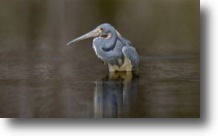 |
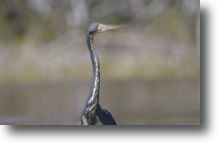 |
|
I decided to get back on the road and head north toward some of the
sites I’d not yet explored. I fortuitously stopped at Mrazek Pond, where I quickly found
a yellow-crowned night heron right at the
edge of the pond, mere feet from the highway. The bird was
extremely cooperative for a long time. Other birders stopped and
watched the bird hunting. Several of them pulled out cell-phone
cameras, and I’d bet they probably got some reasonably good images even
with those.
CLICK TO ZOOM
Night heron in the
Everglades.
(1/300sec 600mm f/7.1
ISO100)
Though there
were some birds visible on the far shore of the pond, they were too far
even for my 840mm lens (600mm with 1.4×
teleconverter), so I continued
to watch the yellow-crown:
| CLICK TO ZOOM |
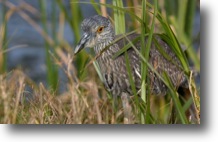 |
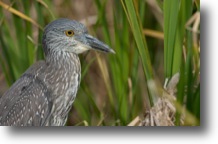 |
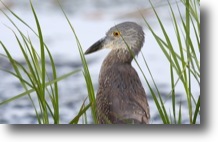 |
 |
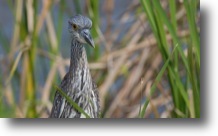 |
|
|
|
| CLICK TO ZOOM
|
When the bird tired of its audience it flew off and I decided to give
my dog a break. I took her to the campground at the southernmost
terminus of the Everglades, where she swam in the warm water while I
scanned for dolphins. On
the way there I stopped to chase a red-shouldered hawk, and instead got
a decent image of a wintering palm warbler:
Palm warbler in the
Everglades.
(1/300sec 840mm f/8
ISO320)
I also spotted a swallow-tailed kite flying around, but the bird stayed
a considerable distance away, and all I was able to get was a fairly
undetailed shot:
CLICK TO ZOOM
Swallow-tailed kite in
the Everglades.
(1/200sec 840mm f/9
ISO100)
When my dog had done enough swimming I started the long
drive back toward the park exit. At one point I noticed an osprey
perched on a branch above the road, and stopped to shoot it. I
then continued on my way toward the park exit and decided to stop at a
trail called Mahogany Hammock.
Some visitors who were leaving
informed me that some recently-fledged barred owl chicks were perched a
short distance along the trail. I quickly found the birds, one of
which is shown below:
It’s worthwhile noting here that in the failing light I had to use
fairly strong flash to get this owl photo. I’d later read an
article on bird vision which informed me that flash photography is
generally not harmful to birds when the flash is used for “fill
flash”
in daylight conditions, but that the use of flash as main light in
near-dark conditions can possibly (it’s thought) temporarily daze the
bird, much as it would a human. For that reason, I’ve decided not
to take these types of photos anymore. If I’d known that at this
time, I wouldn’t have taken this owl shot at all. Though the bird
didn’t seem to be bothered by my flash, I’d rather err on the side of
respecting the bird.
Given the slim pickings encountered today, I decided
that I’m done with the Everglades for this year—or
at least with this
part of the Everglades. Tomorrow I’m thinking I’ll hit Shark
Valley, a northern Everglades site on the road to Naples.
Though
I wasn’t entirely happy with Shark Valley last year (it’s very “sticky”,
much like the Anhinga Trail), I’ve been hearing good things from
other photographers about the birdiness of that site this
year.
|


